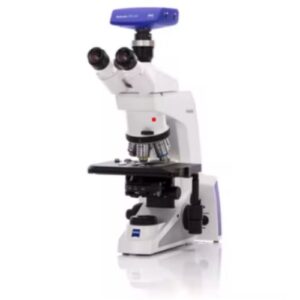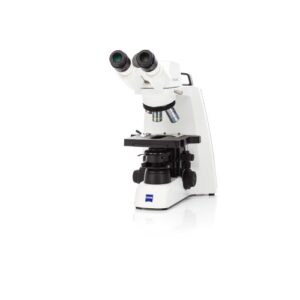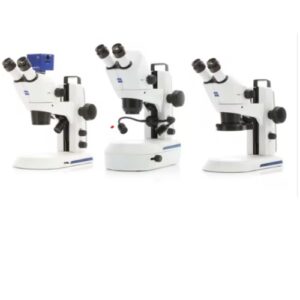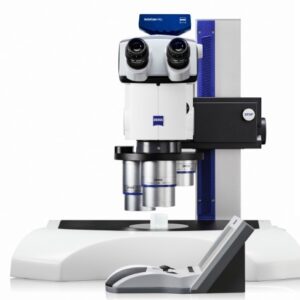Using Köhler every day: Tips you will not want to flush down the toilet
Although most people are familiar with the word “Köhler” because of the brands world class bathroom fixtures, the global brand does not define the people with the last name Köhler. That is certainly the case for August Köhler who changed microscopy in 1893 by developing a method of transmitted light illumination that produced even illumination across the field of view. Prior to August Köhler’s innovation, the predominant method for aligning the lenses required for optimal light was critical illumination. The most significant shortcoming of critical illumination was that the bulb filament is visible in the resulting image. Insert August Köhler and the bulb filament disappears in the final image.
What is Köhler Illumination?
Köhler Illumination is a perfectly aligned optical path relative to the sample and objective focal plane. Put simply, it’s when every lens is in the correct position to provide perfectly even light across the field of view with optimal brightness, color, contrast, and resolution.
Why Köhler Illumination is Important for everyone
Many upright microscope users overlook the bottom half of their microscope, or top half for inverted users. This is the unexciting portion of the microscope because it’s lacking eyepieces, camera mount, and the exciting objective lenses. However, the ignored half of the microscope is critical because it contains optics that determine the success or failure of your imaging work.
When a microscope is aligned with proper Köhler Illumination, the condenser is at the correct height relative to the sample, the field diaphragm is adjusted to eliminate reflections and glare, and the aperture is moved to an optimal position to provide contrast without producing shading artifacts. This benefits the user in many ways with a bright and clean image – but also a dirt free image! When a microscope is in Köhler, the hidden dust and smudges in an optical system disappear! This is the genius of August Köhler, lens surfaces, which are home to dust and debris, are placed in an intermediate focal plane and invisible to the microscope detector (your eyeballs or the camera).
Without proper microscope alignment, the image will look washed out, dirty, fuzzy, or it could look dim, too much contrast and produce halos in the image.
Only upside to Köhler Illumination
Aligning your microscope is easy and it will only make your images, and the resulting data, better and more convincing. So how do you accomplish this task? Excellent question, I’m glad you asked.
Step 1: Focus the microscope to the sample.
Step 2: Adjust the field diaphragm until you see an octagon in the field. No octagon? No problem, move to step 3.
Step 3: Adjust the condenser height until the edges of the octagon are in focus. This is the smaller focus knob directly below the stage. You know, the one you always grab to focus the microscope before you realize you are not focusing the microscope? That one. If all you see is a shadow in the background, or a general darkening of the image, your condenser is too far away from the sample. Move it closer to the surface of the slide and keep an eye out for the octagon!
Step 4: Using the knurled knobs that stick out of the front of the condenser base, those knobs that you always grab when you want to “fiddle” with the image, align the octagon until it is in the center of the field of view. When complete, adjust the field diaphragm just outside of the field of view.
Step 5: Perhaps the most critical and most often overlooked step, adjust the aperture. This is often the slider that is built into the condenser, you know, the one you slide back and forth in the hopes of creating a better image? Well, this time you will remove an eyepiece and look through the optical tube without an eyepiece. Now, slide the aperture back and forth, just like old times. Then, once you see the octagon position it so that it covers 1/3 of the field of view. Put the eyepiece back in and you have a perfectly aligned microscope!
Impress your friends!
If you want to impress your friends or pretend to be a microscope snob, teach everyone in the lab your new found knowledge. You can also visit Leica Science Lab for an interactive tutorial.
If you are tired of constantly correcting the lighting, field diaphragm, aperture, and other optical components, check out the fully automated DM4, DM6, and DMi8 to simplify routine microscope tasks through intelligent automation. If you would like to learn more about intelligent automation, you can contact us anytime to see what an automated Leica microscope can do for you.





